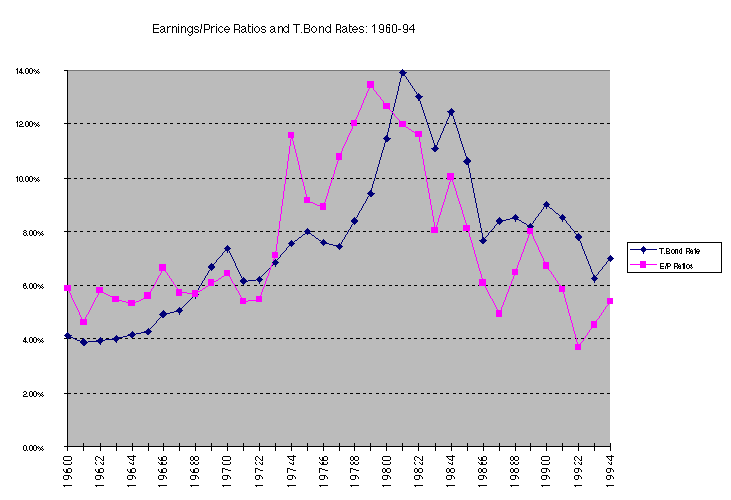The Connection between Dividend Growth and Return on Equity
Post on: 26 Июнь, 2015 No Comment

The Connection between Dividend Growth and Return on Equity
by Jeremy Schwartz. Director of Research on June 5, 2013
We have been writing a lot about the new methodology we have created to focus on dividend-paying stocks with growth characteristics. A key element of our new methodology was to select a basket of dividend payers that we believe have prospects for above-average dividend growth—but to select those stocks without relying on backward-looking screens for dividend history.
This new methodology uses a combination of factors to select stocks within the dividend growth opportunity set. In this short piece, we want to dive into the finance theory and empirical reality that we believe links dividend growth to return on equity (ROE). as return on equity is one of the factors we focus on in our selection process.
Profits and Dividends
Profitability relates to how much money a firm can make after accounting for the various expenses and inputs required to generate those earnings. Ideally, little money is spent, few resources are used, and a lot of money is made. One very important profitability metric relates profits to equity, termed return on equity (ROE). Equity is the money that the owners of capital (i.e. the shareholders) have invested in the business—and a higher ROE means that more profits are being made relative to their cumulative investment in the firm.
The Dividend Discount Model (DDM)—The Finance Theory Link
In the finance literature, return on equity is critically linked to dividend growth and intrinsic value of companies through the dividend discount model (DDM). 1 The DDM for stock valuation states:
The Value of a stock = DPS (1) / (R-G)
• DPS (1) = Dividends per share expected to be received in one year
• R = The required rate of return for the investment
• G = Growth rate in dividends = ROE x earnings retention 2 (or 1 minus dividend payout ratio)
The growth rate equals the return on equity times the reinvestment rate ; simply stated, the growth of dividends is determined by what fraction of earnings is put back into the firm and how profitable those earnings are in their subsequent use. When earnings are put back into the firm in this way, they accumulate as part of the equity capital held by the shareholders. A high ROE over time indicates that this money is being used efficiently, generating more profits. Considering the aforementioned framework, we believe that it makes a compelling case for how a sustainable dividend growth rate is linked in finance theory to ROE.
Dividend Growers Display Higher ROE Empirical Reality
Return on Equity as of 3/31/2013
The S&P 500 Index is possibly the most widely followed benchmark of the performance of U.S. equities. It is market capitalization weighted and does not focus on dividend payers or dividend growers in any way. Both the WisdomTree U.S. Dividend Growth Index and the NASDAQ US Dividend Achievers Select (“Achievers Select”) Index do focus on dividend growth, and all their constituents must pay dividends.
• In our explanation of the DDM, we linked ROE to dividend growth from a finance theory perspective. We also demonstrated that the data makes a strong case that companies with a long history of dividend growth display high returns on equity (as seen by the 22.5% ROE exhibited by the constituents of the Achievers Select Index). Both the Achievers Select and the WisdomTree U.S. Dividend Growth Index have similarly strong ROE. In WisdomTree’s case, ROE is a selection factor, so its above-market ROE is not surprising. But the Achievers Select Index gets to a similar result by starting with a selection base driven by companies that have increased their dividends for 10 consecutive years.
• Notably, the ROE of the S&P 500 Index, which does not focus on dividend growth, is much lower.
We could have made a similar chart based on return on assets —which is another gauge of profitability that WisdomTree has used to identify its dividend growers opportunity set. The difference between return on assets and return on equity is simply leverage —and WisdomTree uses both variables in its selection process to balance the fact that, although we believe that return on equity is the ultimate bottom line for equity investors, we recognize that some companies use leverage to ramp up their ROEs.
It’s really very simple: If you’re looking for potential dividend growth, one strategy could be to follow past dividend growers. The Achievers Select Index follows such a methodology. But focusing on companies with 10 years of history of dividend growth is a strategy that potentially limits the responsiveness to shifting trends in the dividend universe. The WisdomTree U.S. Dividend Growth Index focuses on ROE as part of its selection process, as we believe it is a key indicator for companies that can deliver dividend growth over time.
View Jeremy Schwartz discuss dividends (Video )
Read our Dividend Growth series here .
1 William L. Silber & Jessica Wachter, “Equity Valuation Formulas,” New York University, 2013.
2 Earnings retention (or 1 minus dividend payout ratio): The dividend payout ratio is the dividend per share divided by the earnings per share. Since the earnings retention plus the dividend payout ratio must be added together to equal 100% of the earnings, 1 minus dividend payout ratio = earnings retention, the percentage of earnings not paid out as dividends.














